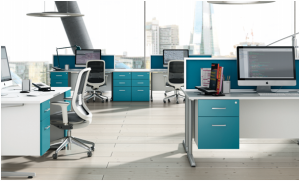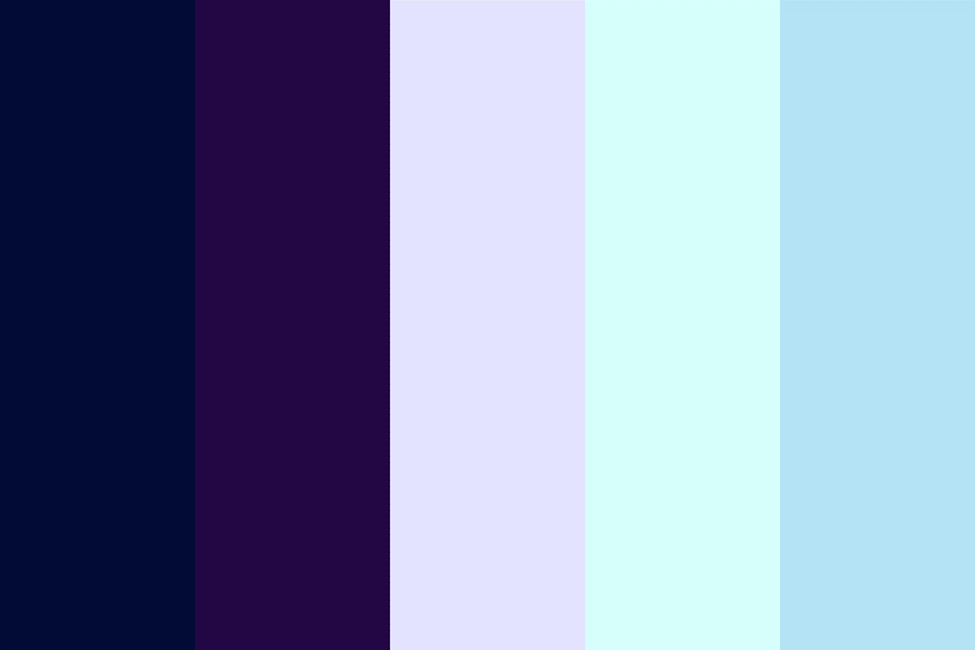What is the purpose of a printed booklet, and how can it benefit your business? Booklets are a unique format that allows you to communicate without overwhelming the reader. Booklets can be used to share various information, including company information, products or services, and images to illustrate your goals. This article will give tips to make your booklets as effective as possible.

Printing a booklet
A booklet may be the perfect option when you’re looking for a reliable printer to provide a printed booklet. You can choose to print both sides or one side only. Either way, you can plan and visualize the final product before ordering it. In addition, a booklet can be printed in either black and white or color. This versatile printed material is an ideal way to market products and services and can be distributed inside homes.
As their name suggests, booklets are small books with fewer pages than a full-sized book. As a result, they’re cost-effective and provide a large audience with an accessible, convenient format. Many people choose to print PDF files as booklets, as they don’t require a large number of pages. You can also use them to promote a business or product or as inserts in a CD booklet.
A booklet can be styled like a magazine. A full-color photograph on the front cover will capture readers’ attention. Inside, you can include interviews, product reviews, release announcements, and advertorials. You can even use a booklet as a mini-catalog or to promote an end-of-line sale, a seasonal promotion, or a new product line. You can also use it as a direct mail piece, which is ideal for mailings to people who are not likely to receive other printed materials.
Choosing a cover stock
Choosing the right cover stock for your booklet is crucial to its appearance and durability. Paper that tears easily or is too stiff to read is not a good choice for a printed brochure, as potential customers will not want to take the time to read it. Instead, you should consider using a 100-pound gloss cover stock for a professional look and feel. This will add stability to the booklet while also adding a shiny finish. The thickness of the paper you choose will also affect the look and feel of the finished booklet. Cover stocks are typically thicker than text stocks, so you should choose the right one depending on the size and layout of your brochure. For example, a 100-pound cover sheet will feel sturdier and heavier than 100 sheets of 80-pound matte paper. The thickness of the cover stock will also determine the binding method.
Whether you choose a saddle stitched or wire-coil binding for your printed booklet is a personal choice. The style of binding will depend on your overall page count and budget. Generally, smaller projects can be saddle-stitched or spiral bound, while larger projects can be perfect bound. Whatever binding style you choose, choosing the right paper for your booklet is critical. And with the right choice, you will have the booklet you want.
Choosing an orientation for the binding
Before printing your booklet, it’s essential to decide on its size. If the brochure is for a small audience, you should consider a standard size that will save you money and produce less waste. If you’re using a computer to print your booklet, you can choose a landscape or portrait orientation. Portrait orientation will print your document on a single side, while Landscape will only print on one side. After choosing a page orientation, you can set the margins to keep the pages aligned and the binding edge. Once you’ve set your margins, decide to apply them automatically or manually. In the latter case, you should also decide whether to specify the margins on the short edge or flip them to one side.
Unlike portrait orientation, landscape format isn’t as standard as portrait orientation. This format results in a book that is wider than tall and bound on a shorter edge. This type of orientation is suitable for many genres and can be more affordable than portrait. A square-sized booklet will have more horizontal space, making it ideal for photography, children’s, and art books.






